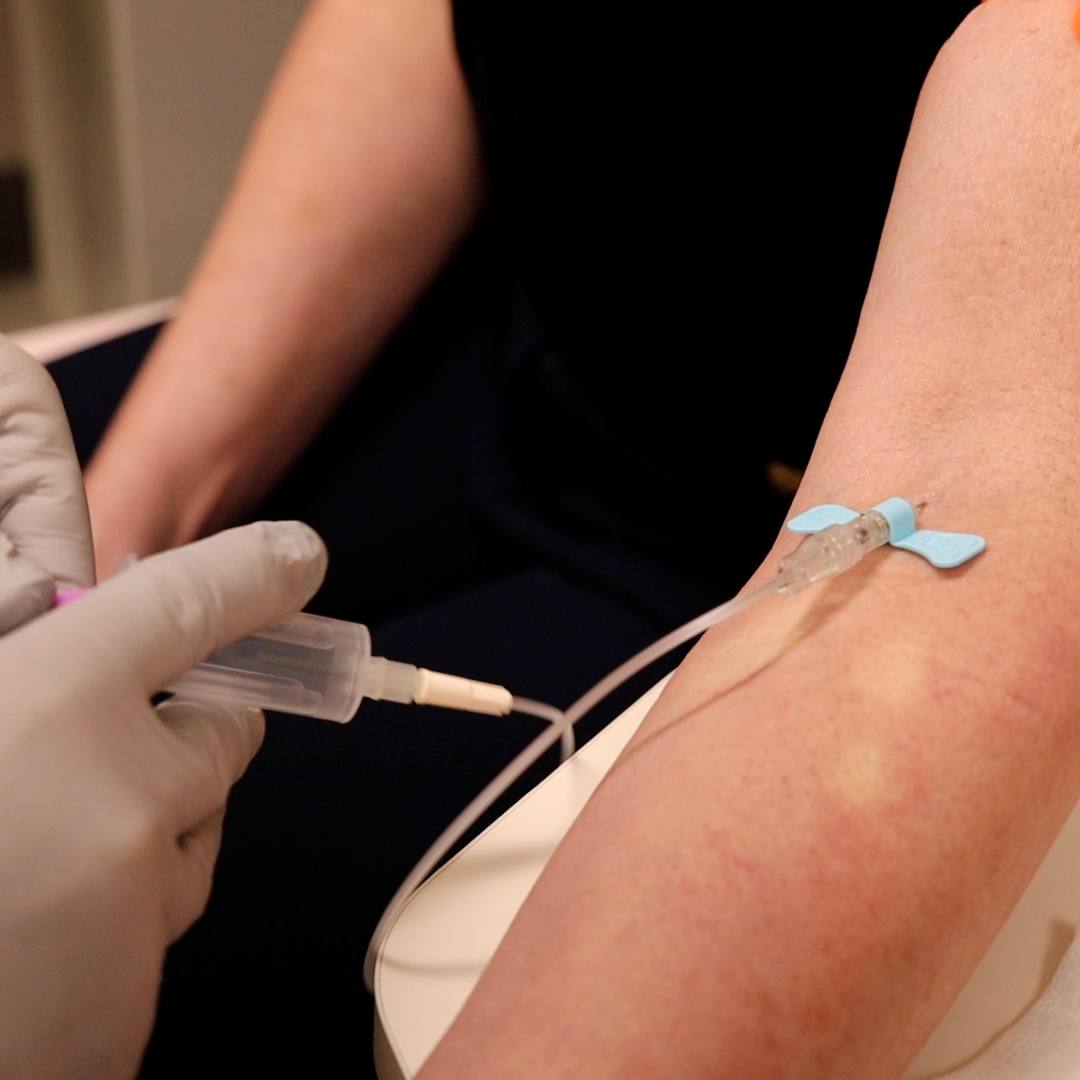-
Featured News
Mayo Clinic Minute: What you need to know about progressive supranuclear palsy
Progressive supranuclear palsy is a relatively rare but devastating neurologic disease. Dr. Bradley Boeve, a Mayo Clinic neurologist, says without a cure or effective treatments, it's a difficult illness to control.
Journalists: Broadcast-quality video pkg (0:59) is in the downloads at the end of the post. Please "Courtesy: Mayo Clinic News Network." Read the script.
Progressive supranuclear palsy is a disease you may have never heard of.
"Many of the features are similar to Parkinson's disease, and many people are misdiagnosed early on because of those similarities," Dr. Boeve says.
People with progressive supranuclear palsy have trouble walking and maintaining their balance. They also have a hard time moving their eyes, blinking regularly or controlling their facial expressions. Progressive supranuclear palsy also can affect a person's behavior and their ability to think normally.
"It's relatively rare," Dr. Boeve says. "It's about the same prevalence as Lou Gehrig's disease, or ALS (amyotrophic lateral sclerosis)."
He says it usually comes on when people are in their 50s or 60s, but it's not clear what causes progressive supranuclear palsy. And there is no cure.
Physical, occupational and speech therapies, as well as some medications, can help symptoms.
Research and clinical trials for better medicines are ongoing.
Progressive supranuclear palsy is a progressive illness that worsens over time.
"This is a very ... devastating, terrible illness," Dr. Boeve says. "From onset until passing away usually is in the two- to seven-year range. So the prognosis is ... discouraging."
Related Articles







